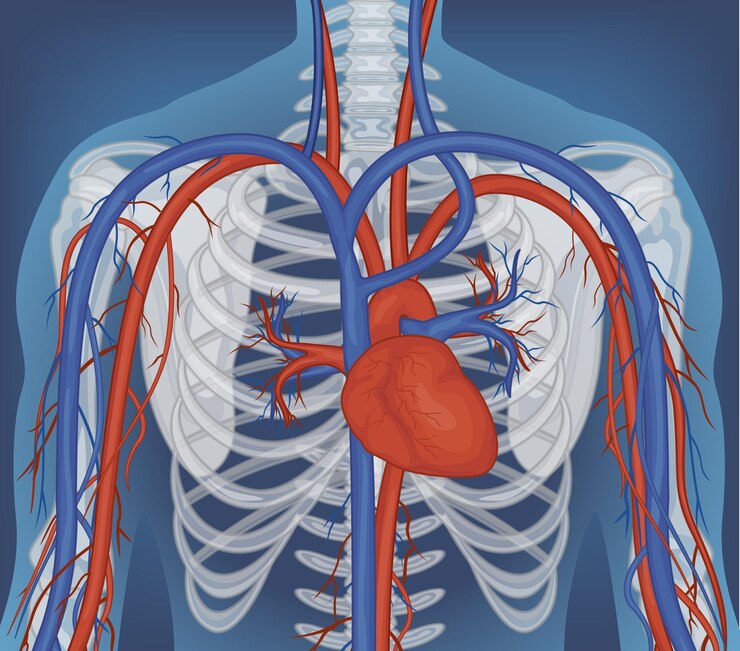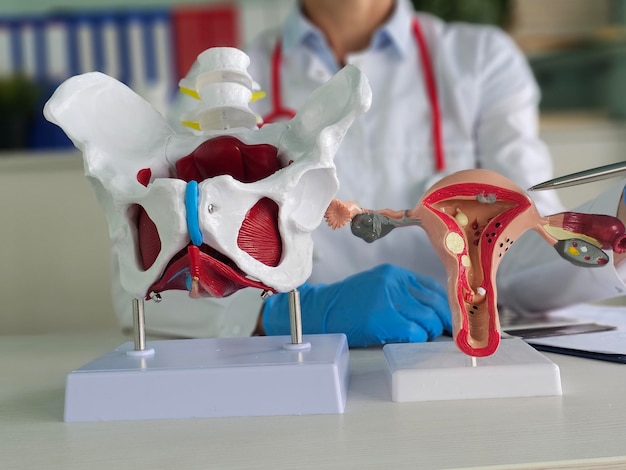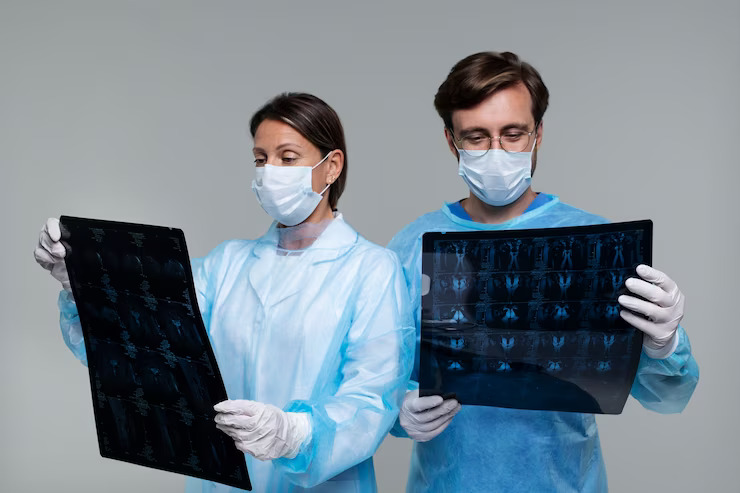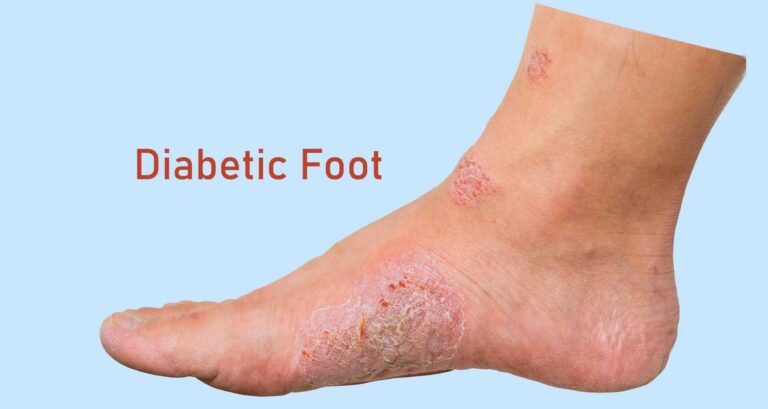Future Directions In Endovascular Technology And Innovation
Endovascular interventions have transformed the landscape of vascular care, offering minimally invasive alternatives to traditional surgical procedures with enhanced patient outcomes and reduced recovery times. As technology continues to advance at a rapid pace, the future of endovascular therapy holds promise for further improvements in procedural efficacy, safety, and patient satisfaction. This article delves into the cutting-edge innovations and future directions shaping the field of endovascular technology, paving the way for enhanced treatment options and better outcomes for patients worldwide.
Advancements in Imaging Modalities
Imaging plays a pivotal role in guiding endovascular procedures, providing clinicians with real-time visualization of vascular anatomy and pathology. Future developments in imaging modalities, such as high-resolution fluoroscopy, three-dimensional (3D) rotational angiography, and advanced fusion imaging techniques, promise greater precision and accuracy in catheter navigation and device placement. Moreover, the integration of artificial intelligence (AI) algorithms for image analysis and procedural planning holds the potential for optimizing treatment strategies and reducing procedural complications.
Next-generation Endovascular Devices
The evolution of endovascular devices continues to drive innovation in vascular interventions, with a focus on improving device performance, durability, and biocompatibility. Bioresorbable stents, drug-eluting balloons, and shape-memory alloys represent just a few examples of next-generation technologies designed to optimize vessel scaffolding, reduce restenosis rates, and promote long-term vascular healing. Furthermore, the development of customizable, patient-specific implants using 3D printing and nanotechnology holds promise for personalized treatment approaches tailored to individual anatomical variations.
Robotics and Remote-controlled Systems
Robotic-assisted endovascular procedures offer the potential for enhanced precision, dexterity, and procedural control, particularly in complex anatomies and challenging vascular territories. Remote-controlled catheter systems and robotic platforms enable operators to perform procedures with greater accuracy and stability, reducing radiation exposure and operator fatigue. As robotic technology continues to evolve, the integration of haptic feedback and artificial intelligence algorithms may further augment procedural capabilities and expand the scope of endovascular interventions.
Nanotechnology and Drug Delivery Systems
Nanotechnology holds immense potential for revolutionizing endovascular therapy through targeted drug delivery and molecular imaging. Nanoparticle-based drug carriers and smart biomaterials enable localized drug release at the site of vascular injury, minimizing systemic side effects and enhancing therapeutic efficacy. Furthermore, nanoscale imaging agents offer unprecedented sensitivity and specificity for detecting early-stage vascular lesions and monitoring treatment response. Harnessing the power of nanotechnology may pave the way for precision medicine approaches in endovascular therapy, tailored to the unique biological characteristics of each patient’s vascular disease.
Biodegradable and Bioactive Materials
The development of biodegradable and bioactive materials represents a paradigm shift in endovascular device design, with the potential to overcome the limitations of permanent implants and foreign body reactions. Biodegradable scaffolds and coatings promote natural vessel healing and remodeling while gradually resorbing over time, restoring vascular function without the long-term presence of foreign materials. Moreover, bioactive surfaces infused with growth factors or endothelial progenitor cells enhance endothelialization and tissue integration, reducing the risk of thrombosis and restenosis following endovascular interventions.
Telemedicine and Virtual Reality
The integration of telemedicine and virtual reality technologies into endovascular practice offers new opportunities for remote consultation, training, and procedural planning. Telemedicine platforms enable virtual patient evaluations, pre-procedural consultations, and post-procedural follow-up, facilitating access to specialized care and reducing healthcare disparities. Furthermore, virtual reality simulations and procedural rehearsals enhance operator proficiency and decision-making, improving procedural outcomes and patient safety. As telemedicine continues to evolve, its integration into routine endovascular practice may become increasingly commonplace, revolutionizing the delivery of vascular care worldwide.
Conclusion
The future of endovascular technology is characterized by a convergence of innovation, driven by advances in imaging, materials science, robotics, and digital health. By embracing these emerging technologies and harnessing the power of collaboration between clinicians, engineers, and industry partners, we can unlock new frontiers in vascular care and improve outcomes for patients with a wide range of vascular diseases. As we embark on this journey of discovery and innovation, our commitment to patient-centered care and excellence in vascular therapy remains unwavering, ensuring that the promise of tomorrow’s endovascular technology translates into tangible benefits for patients today and in the years to come.







